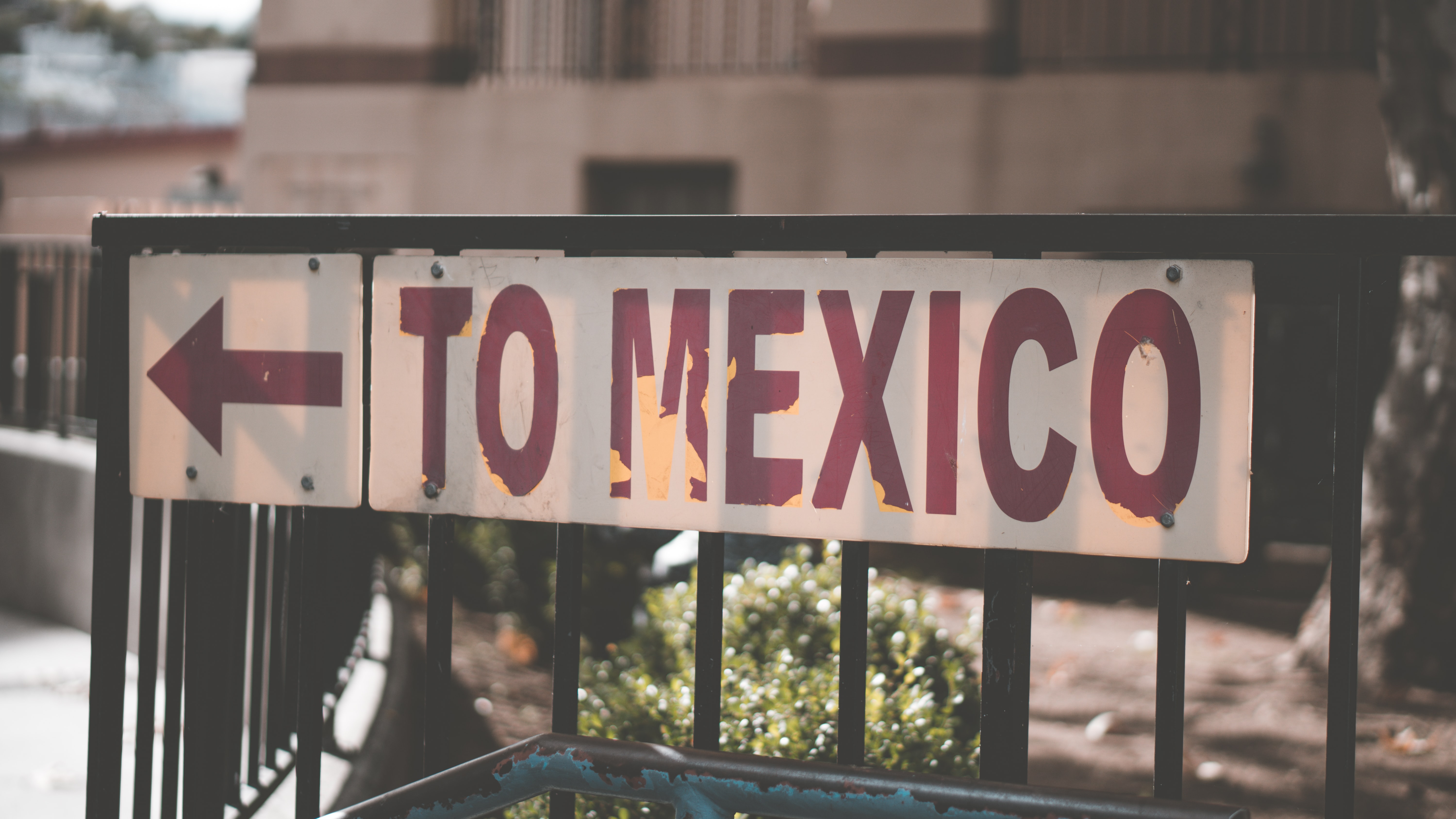
Moving Furniture and Household Goods to Mexico
Every day you go to new places whether it's a place on the map, in the heart, or in the mind. Sometimes it's just a small change in how you do things. Sometimes it's moving everything to a new country or maybe it's a long plane ride with a short suitcase and a chance to indulge in some therapy shopping when you land. Regardless of how large or small the move, it can be a big leap from where you are now. Let us help you get from where you are to where you want to be. We focus on the stress and bureaucracy of moving. You focus on the debate over what to pack and what to leave behind.
Oh, and don't forget, whatever you need, you can find it here. So, grab your passport and bring your sense of adventure.

What can I bring with me to Mexico?
Once you have your residency in Mexico, the law allows you to bring all of your household items (furniture, electronics, appliances, clothing, artwork, etc.) so long as you can prove the items are more than six months old at the time they enter Mexico. To take advantage of this, you must bring the items in within six months of gaining residency in Mexico. In essence, you need to buy what you want to bring BEFORE you apply for residency and please, please, please keep the receipts.
Portal de Trámites y Servicios | SATImportación Temporal de Vehículos
Healthcare in Mexico
We stay healthy for ourselves. We stay healthy our families and for those who care for us, whether they have two legs or four legs. You can access affordable healthcare in Mexico. Mexican doctors are well trained and Mexican hospitals are well equipped. Finding a healthcare provider you trust is as important as understanding how healthcare is delivered. There are three options.
Note on Medicare: Medicare Advantage, also known as plan C, is a supplemental plan to Medicare parts A and B that covers you in case of emergencies anywhere in the world. Medicare Advantage plans are run through private health insurance companies and are private health insurance plans accepted by Medicare. You will have to pay out of pocket and then apply to Medicare for reimbursement. Keep in mind Medicare may not reimburse you 100%.
Example: A hospital ER visit for a mild to moderate food poisoning $300 to $1000 dollars. The more expensive insurance plan ($2000 per month) would cover most, if not all, of your expenses. The least expensive insurance plan ($400 per month) would require you to pay all of that, essentially reimbursing nothing. In other words, the least expensive plan is more of a catastrophic policy than it is health insurance.
Some hospitals have agreements with certain health insurance companies. Your choice of company may depend on the hospital closest to your home or the one you plan on visiting the most. Ask at the reception area in the hospital for which plans, if any, they have on their preferred list.
Mexican Bank Accounts
The ease of opening a bank account in Mexico varies between banks and between branch locations. How you get treated may change from this week to next week. Larger initial deposits allow you access to an individual banker and will speed up the process. The interest rates on low-balance accounts means you end up losing money because of banking fees. Doing transfers from your higher-interest home bank into the Mexican account for monthly expenses is the preferred way to handle day-to-day financial needs.
2. Current (not older than 90 days) utility bill. Telmex, cable, electricity etc.
3a. Residency card AND RFC (tax ID number from SAT)
or
3b. FMM (form you get in the airport) AND proof of residence from your home country.
4. Have 2,000 pesos on hand before visiting the bank branch of your choice
5. Bring something to read while you're there because you can't use your cell phone
FATCA forms can be found at
https://www.irs.gov/businesses/corporations/fatca-related-forms

Ten Safety Tips While Traveling
Through Mexico- Maintain situational awareness
- Wear modest clothing
- Save the fancy jewelry for weddings and galas
- Talk about family, food, and sports, not about money
- Park your car in a parking lot or garage
- Buy a safe and use it
- Take different routes and change up your routine
- Watch out for unscheduled repairmen or utility workers seeking access to your home
- Backup all your electronics in case of theft or damage
- Carry a second wallet/billfold with 200 pesos to deal with muggers or corrupt cops
